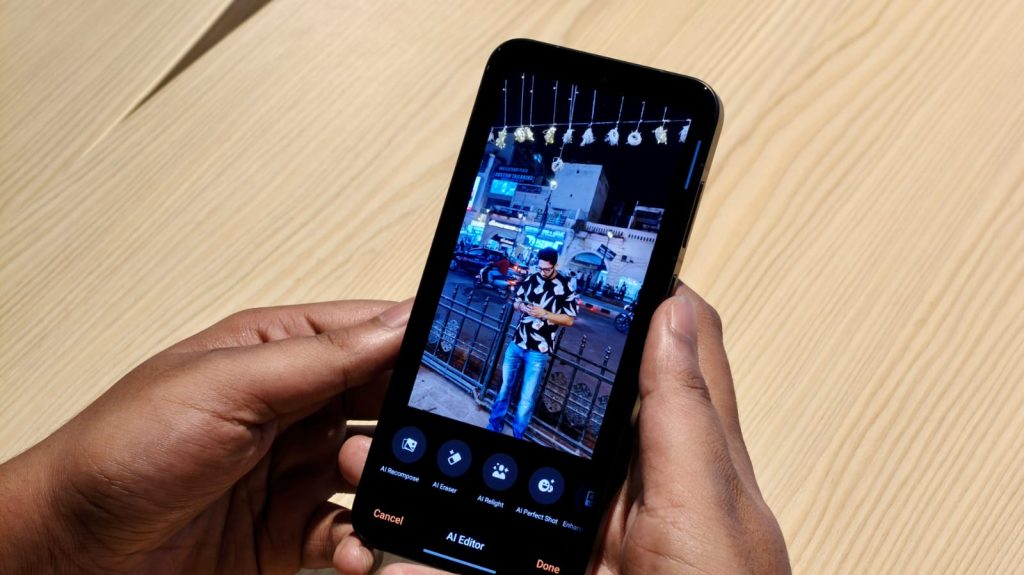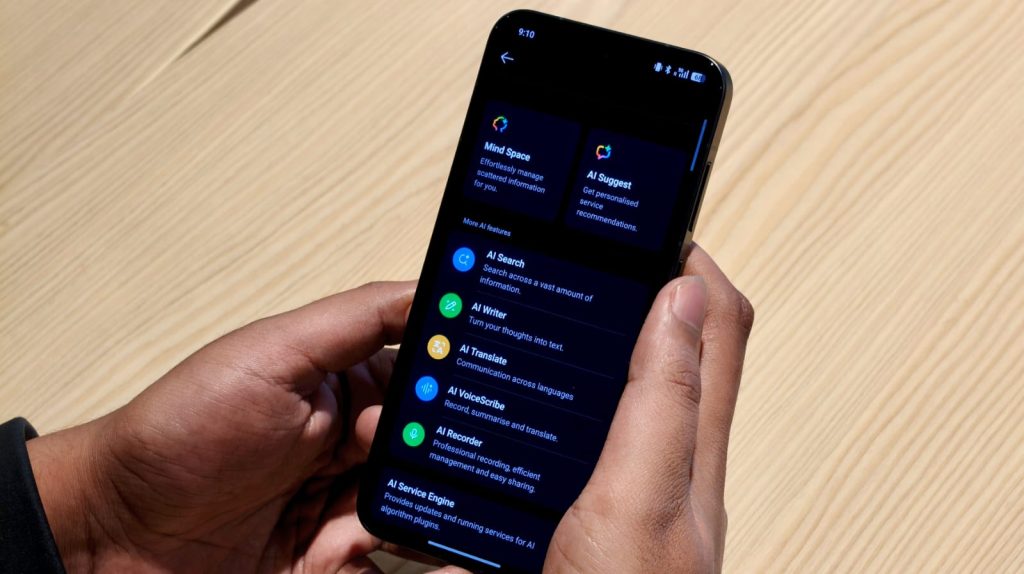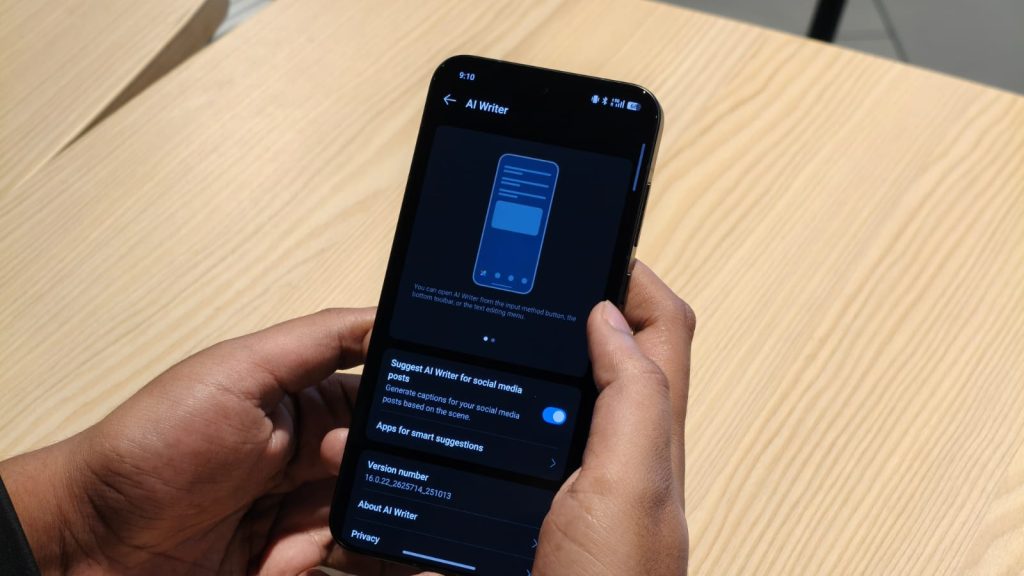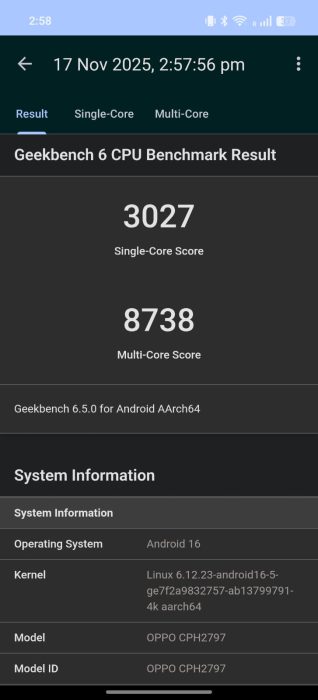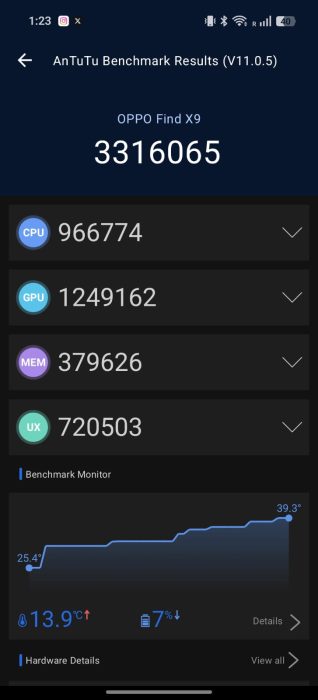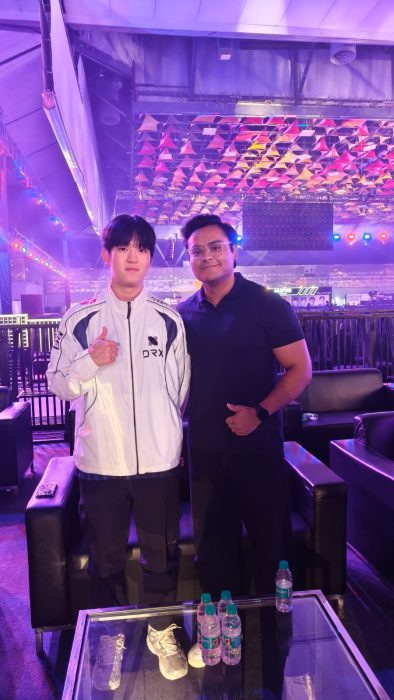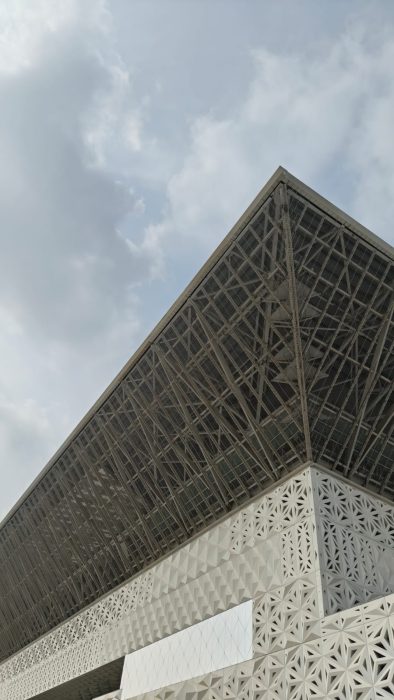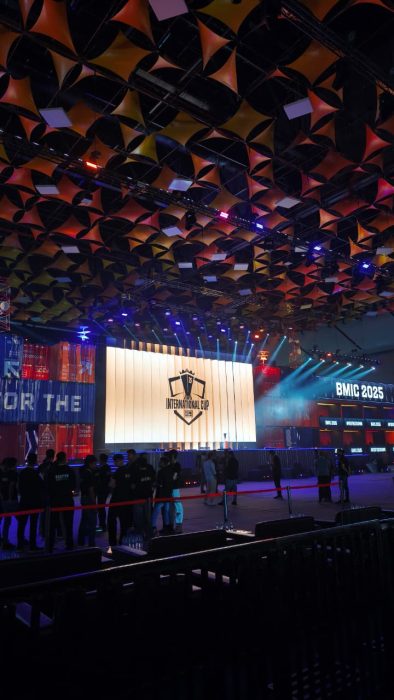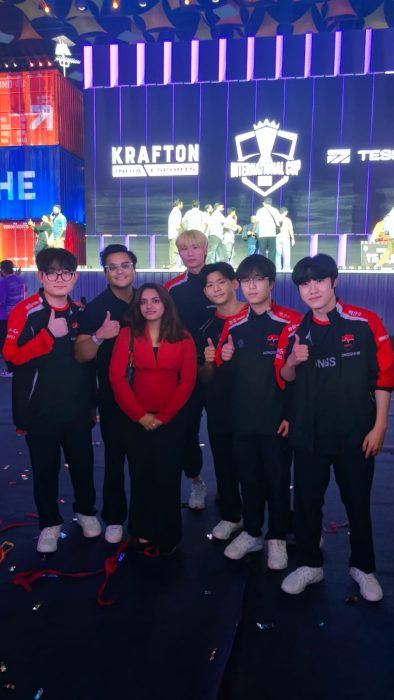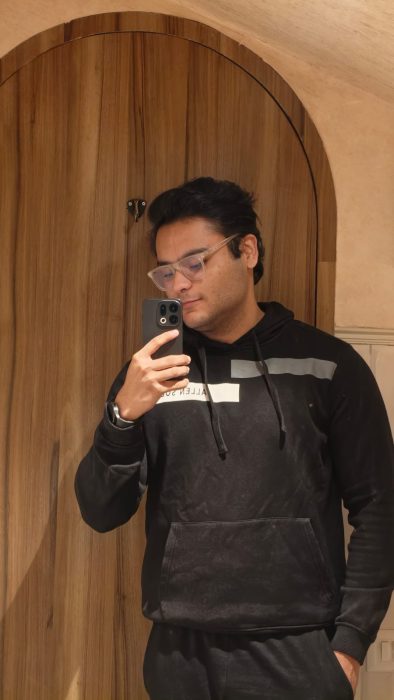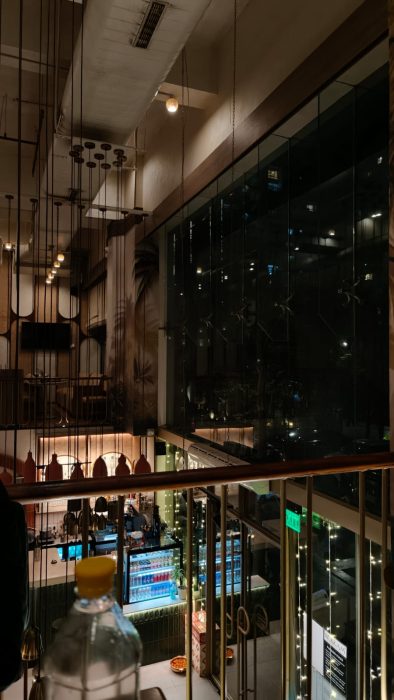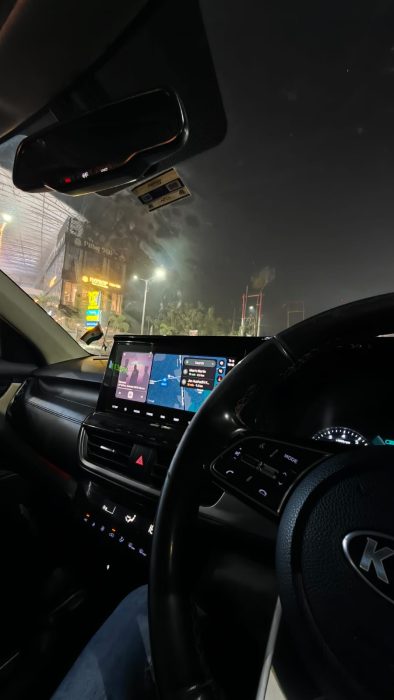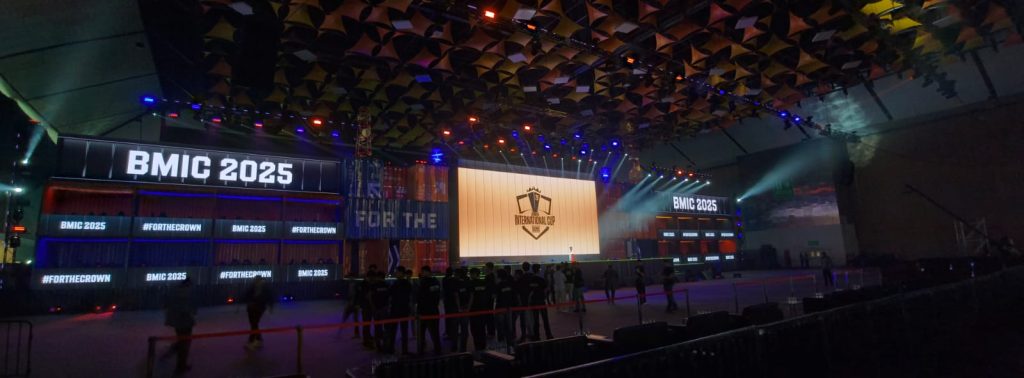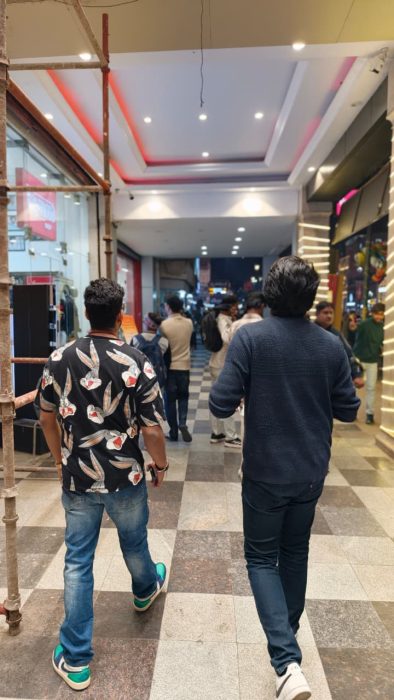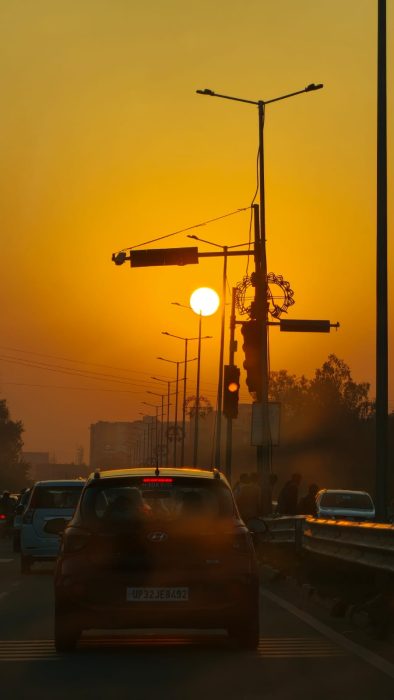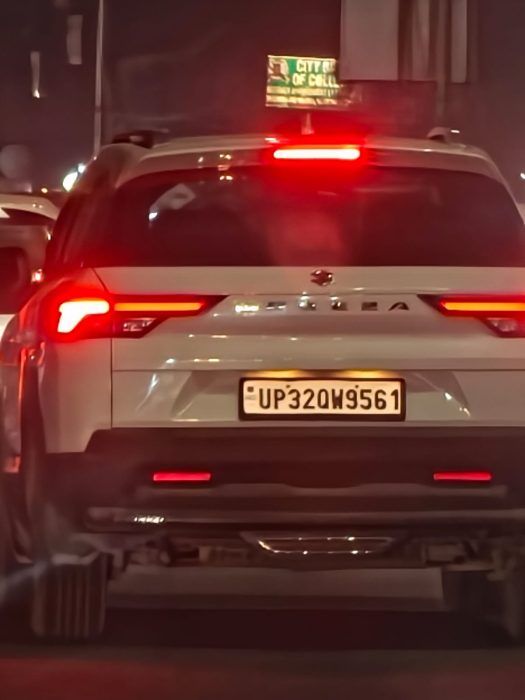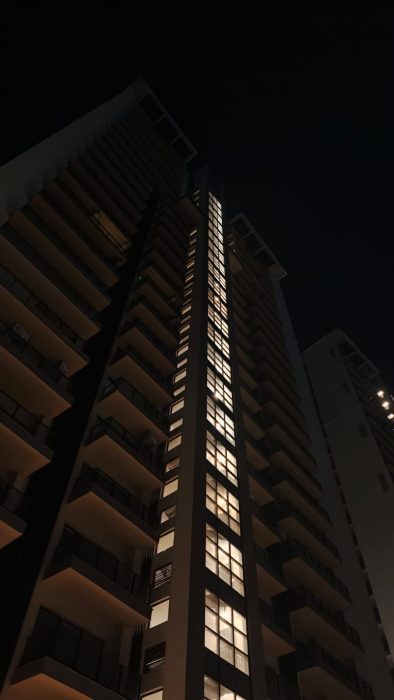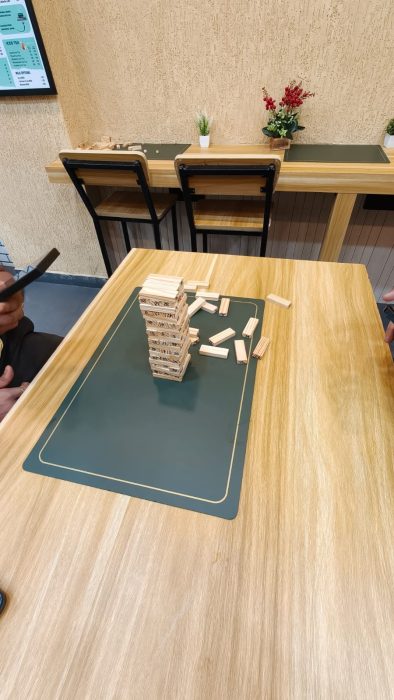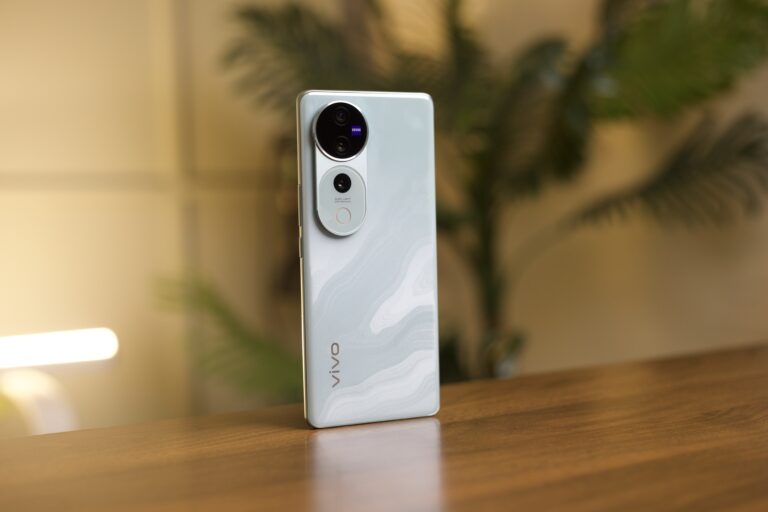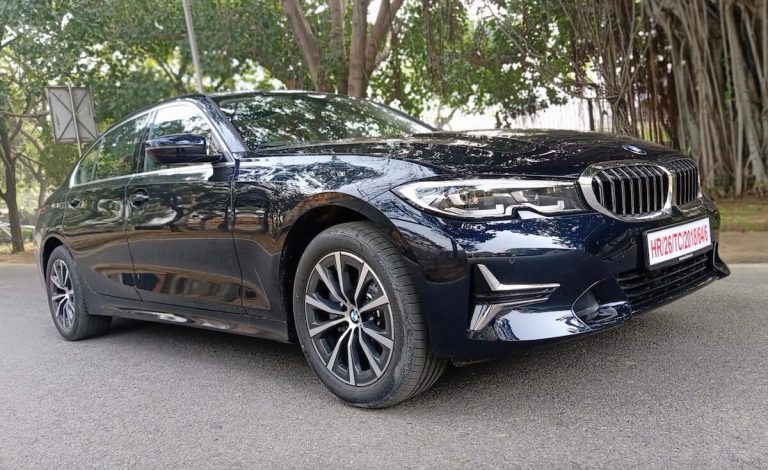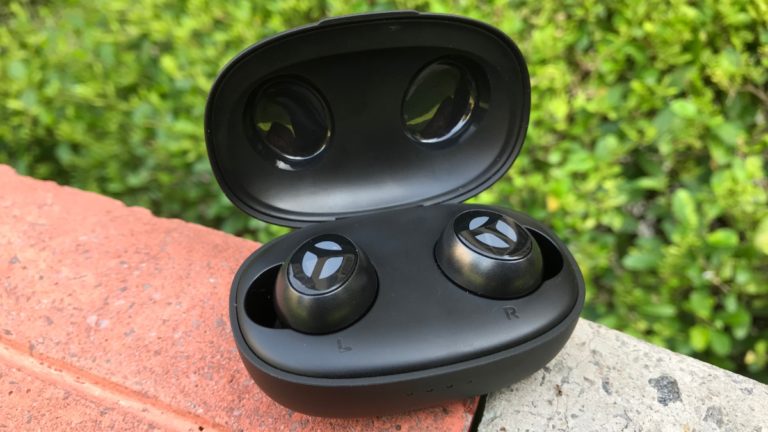OPPO Find X9 Review: The Best Value Flagship of 2026 Is Already Out
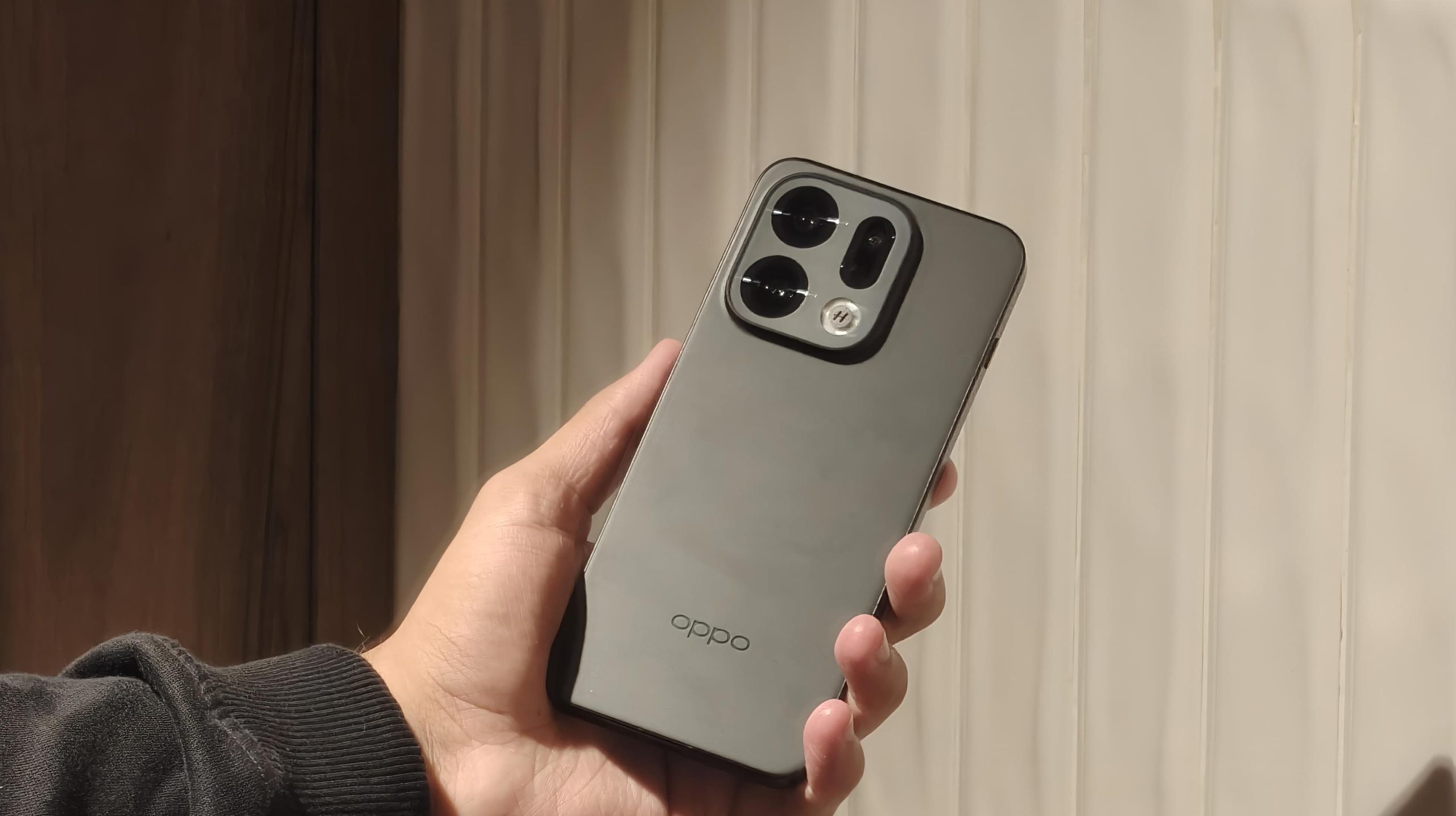
Being a tech reviewer is a tough gig. That’s because, while I get to test the latest smartphones, I also can’t keep them forever, since these devices are on loan from their respective brands. During my three years in this job, it has never been a problem, as every new phone represents something new, and I’m always excited for new stuff. Last year, though, there was a disturbance in the force. A phone I liked so much that after the review period was over, I went ahead and bought it with my own money. That phone was the OPPO Find X8, and it was an almost perfect culmination of everything I had wanted from a smartphone, at a price that hit the sweet spot. For someone looking for a short review, my Find X8 still works amazingly, and I’ve zero complaints.
Now that the disclosure is over. When OPPO announced the successor to my phone, the Find X9, I was excited to get my hands on it and also had a lot of questions. So, I called OPPO, got the device a couple of weeks ago, and made it my daily driver. I also took it with me for a trip to Delhi to cover an eSports tournament. The experience? OPPO has once again got my heart with the Find X9, which delivers on all the fundamentals while bringing improvements over its predecessor, particularly in the camera and battery departments. Here’s how it stacks up.
OPPO Find X9 Review
Summary
At INR 74,999, the OPPO Find X9 is another almost-perfect culmination of everything you need from a smartphone. It features an improved processor, a battery that can last for days, and a camera setup that’s versatile and captures great photos and videos, in every condition.
Design & Hardware
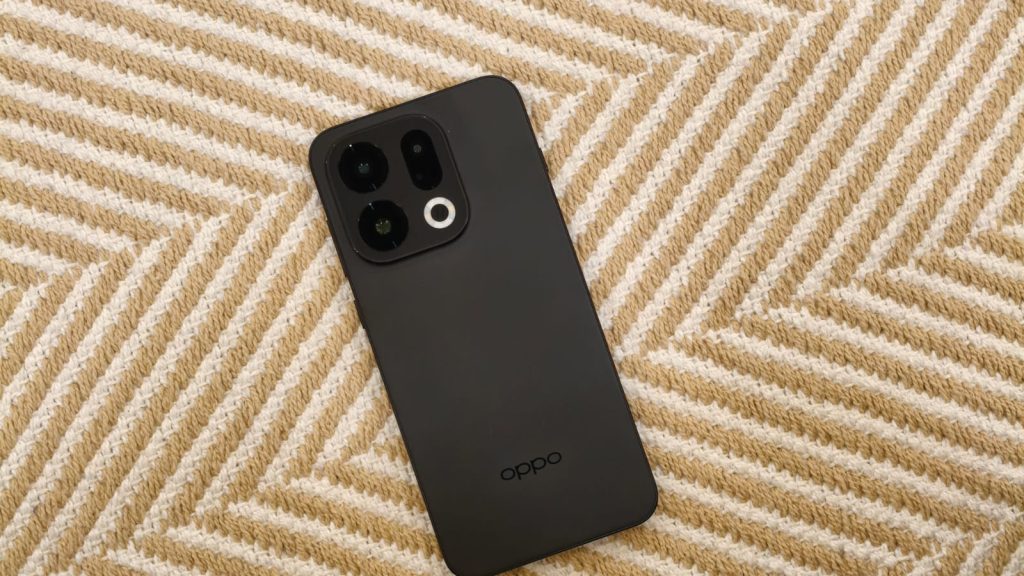
With the Find X8, OPPO took a new direction, featuring a circular camera module on the back, and I absolutely loved it. It was unique, stylish, and people still come up to ask what phone I’m using. It’s not a big deal, but still a conversation starter nonetheless. Though I wish I could say the same for the X9. The company has gone back to a more simple, utilitarian design with the square camera module, which, truth be told, looks really pretty with how it blends in the glass frame and is aligned in perfect symmetry with the corners. But it’s not unique, and blends in with the sea of other slab phones on the market.
That said, the back finish of the Find X9 is what I love the most. OPPO has gone with a darker shade of black this time, and it looks even better. Matt black phones are my weakness, and the coating on the glass is granier, which provides more grip when holding the phone or when kept on a smooth surface. Don’t ask how many times I’ve dropped the X8 from a glass table, so this is a super welcome change.
Still, the best thing about the Find X9 is its size. I’ve never been a fan of overly huge phones, and the X9, like its predecessor, sits at the perfect size for phones that provide a great multimedia experience and can be carried anywhere without a massive bulge in the pocket. The fingerprint scanner’s position has now been changed to a higher place on the display, where your thumb will naturally rest. The scanner itself has also shifted from an optical one to an ultrasonic scanner. While I didn’t notice much of a speed boost when unlocking the phone, my eyes weren’t blinded every time I opened it in dark places, so that’s a huge win.
RIP Alert Slider
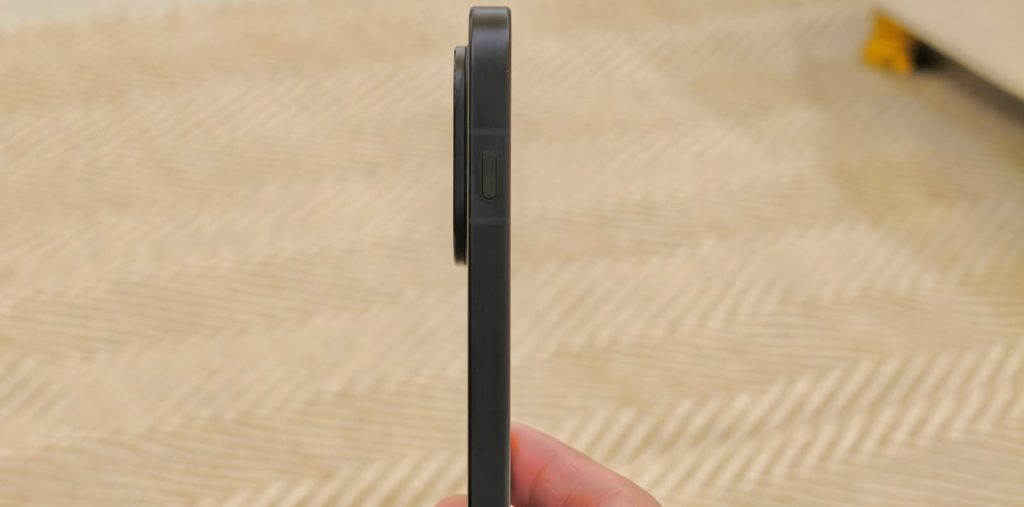
If you loved the alert slider on previous OPPO or OnePlus phones, I’ve got some bad news. It’s dead. OPPO has done away with probably the best hardware feature and instead given us the Snap Key. I get their point. It’s supposed to be a customizable key that allows people to do what they wish. Ignoring the iPhone-inspired interface to customize the key, I set it up to cycle between different ring modes. The experience was fine, but I always had to look at the screen to check what mode I was in, which defeats the whole purpose, as I could do all of that without looking with the alert slider. Still, if you haven’t used an alert slider before, the experience should be perfectly fine.
Last but not least, the Find X9 features possibly all the IP ratings in existence. There’s IP66, IP68, and even IP69, which all combine to make the phone resistant to all kinds of submersion and pool parties. Though we still won’t suggest anyone take their phones underwater, as water damage is never covered under warranty.
Display
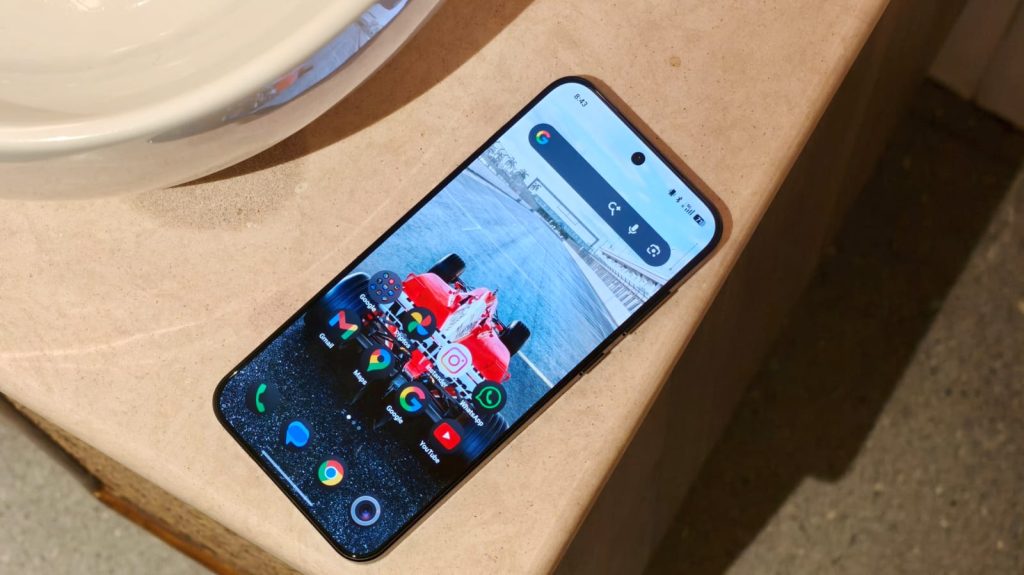
The OPPO Find X9 features a 6.59-inch 2760×1256 AMOLED display with a 120 Hz refresh rate. Like all flagships, the display is flat and features tons of bells and whistles. The panel supports 10-bit colors, Dolby Vision, HDR10+, and HDR Vivid, covering 100% of the DCI-P3 color space. As you may have already guessed, the Find X9’s display is majestic to look at. Colors pop, the content looks crisp, and even the HDR performance is really good. I had an amazing time watching Pluribus while waiting for my recent flight at the airport.
Brightness also gets full marks, as the X9 can go up to 3600 nits in direct sunlight. All texts were legible, and I could continue scrolling through reels while taking my morning walk. There’s also 3840Hz PWM Dimming, which is super helpful for people with sensitive eyes in darker environments. Regarding durability, OPPO has gone with Corning’s Gorilla Glass Victus 2, which fared pretty well in my testing. I primarily used the phone without a case, and although there are some minor scratches, nothing major occurred. Though it’s always great to use a screen protector, and OPPO does pre-apply one.
Performance
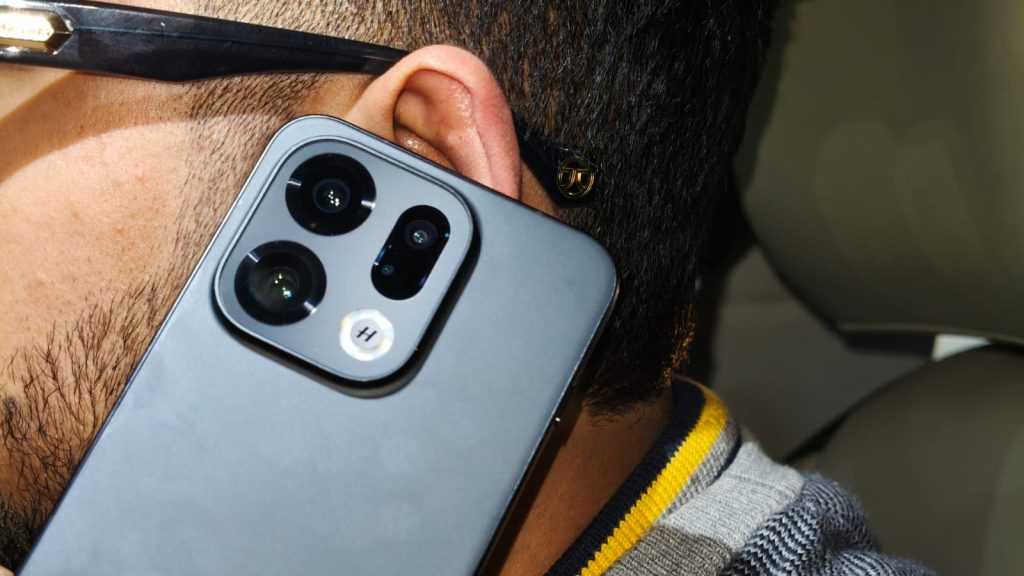
Under the hood, the OPPO Find X9 houses MediaTek’s all-new Dimensity 9500 processor, which includes one C1-Ultra core running at 4210 MHz, three C1-Premium cores running at 3600 MHz, and four C1-Pro cores running at 2700 MHz, along with Mali-G1 Ultra MP12 GPU. My review unit also came with 16GB of LPDDR5X RAM and 512GB of internal storage.
Specs aside, the Find X9 is an excellent performer. Apps open instantly, there’s no delay when launching games, and switching between different tasks feels like a breeze. All this is also thanks to the all-new ColorOS 16 Android skin, and oh boy, I’m a sucker for silky smooth animations. OPPO already had the best Android skin with last year’s X8, but this time, they’ve built on those metrics to make the experience feel that much better. Yes, I have seen some design cues from Apple, such as the half-hearted glass design, but all this pales in comparison to the overall smoothness. OPPO has put thought and care into every small animation and cue, which pays dividends.
Then there are the features. I’ve been using the X8 for a year, and I still find new features buried every day. For example, I recently discovered this setting that, when enabled, notifies you that someone else is looking at your phone from behind. That’s genius for travelling in public transport. All the same compliments can be said for the X9 as well. The highlight feature for this year is the AI MindSpace app, which acts like a shelf to store all your random ideas, which the AI automatically arranges for you. In practice, it worked pretty well. Then there are the AI call features, which can record calls, summarize them, and even translate to and from different languages. AI also takes a prominent role in the image editing suite, and its Relight feature is probably the best of them all. It adds more lighting to faces in dark environments in a way that looks real.
Benchmarks & Gaming
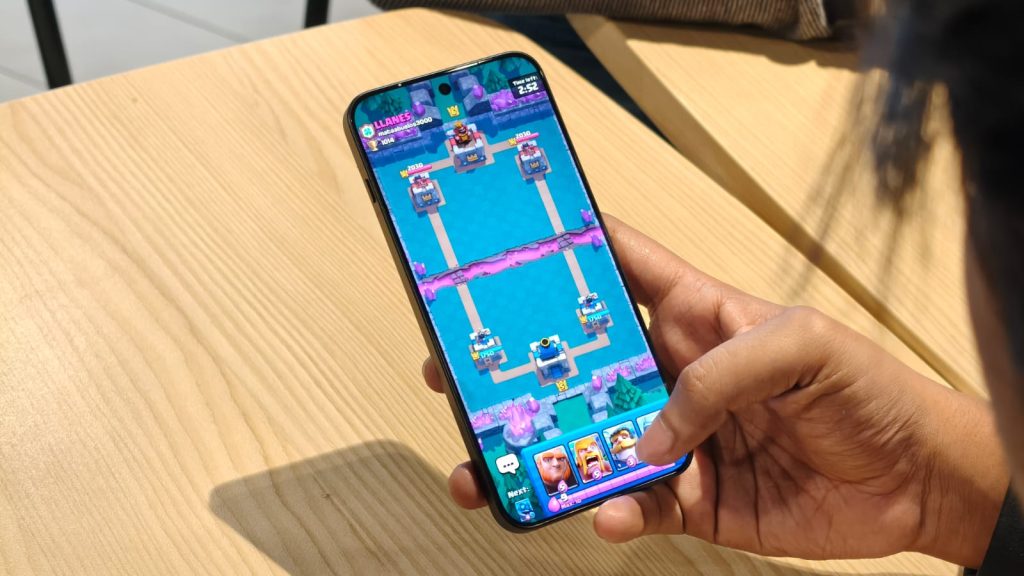
To test the limits of the new 9500 processor, I ran a series of benchmarks, and the numbers were quite impressive. In Geekbench, the X9 achieved 3027 points in the single-core test and 8738 points in the multi-core test. The good news continues in AnTuTu, where the device scored 3,316,065 points. For context, the X8 scored 2301480 on the same test, which is a 40% increase.
All these numbers translate beautifully in the gaming performance of the X9, which is stellar. I had a really good time playing BGMI with my friends for hours, while running the Smooth and Ultra Extreme settings. The gameplay at 120Hz was really good, with no dropped frames or heating after a couple of hours.
Battery Life
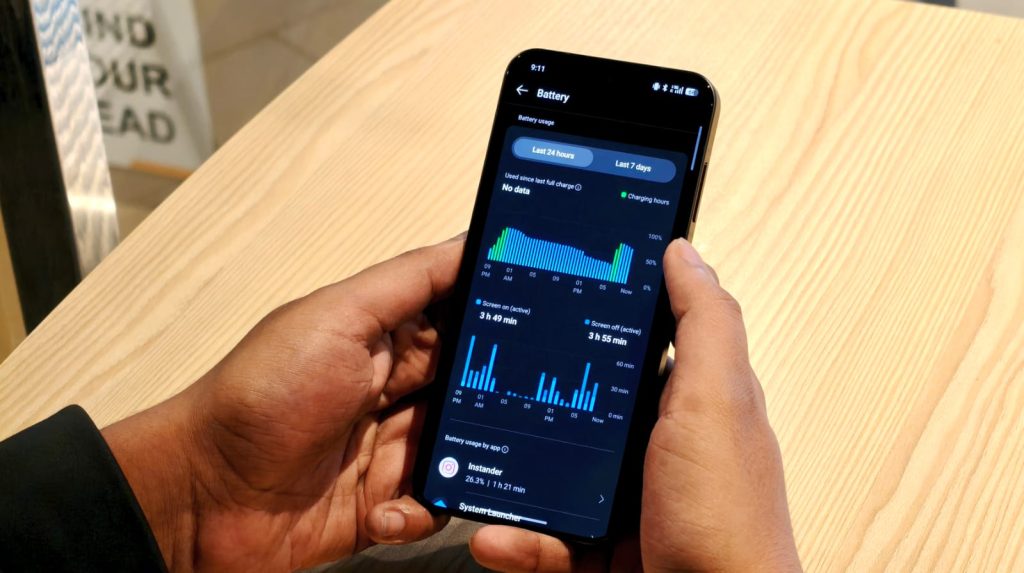
Battery life was one of the strongest points of last year’s X8, and somehow, OPPO has managed to make it even better. The new X9 features a massive 7,025 mAh silicon-carbon battery, and it’s the best I’ve ever tested. Never once have I failed to kill a phone on a camera sample shooting day, but it happened with the X9, and it’s the end of battery anxiety. For context, I got an easy two days of battery life on a single charge, with screen-on-time for each day being roughly 5-6 hours. During my days, I mindlessly scrolled reels, watched YouTube, and played BGMI.
When it was time to charge the X9, it was a super easy job, thanks to the included 80W SUPERVOOC charger, which took the battery from 20% to 80% in under 30 minutes. For my wireless charging geeks, there’s support for 50W of fast wireless charging, though you’ll need a specific OPPO charger to get those speeds.
Cameras

The Find X9 features a triple camera setup, comprising a primary 50 MP Sony LYT-808 sensor, coupled with another 50 MP Sony LYT-600 telephoto lens and a 50MP Samsung 5KJN5 15mm UltraWide lens. Specs aside, if I had to use one word for the X9 cameras, it would be options. There’s just so much to do in the camera app that you can be engrossed in it for hours. OPPO has introduced a new LUMO engine that aims to preserve the photos in the way our eyes perceive them. In practice, it has worked fantastically. The X9’s cameras capture excellently detailed photos in both daytime and nighttime scenarios, which not only look pleasing to the eye but also have accurate white balance and ISO. The shutter speed has been improved over the previous generation, meaning it takes less time for night mode shots.
Unlike OnePlus, the Hasselblad partnership is still alive and well in the Find X9 series, and this time, the company has introduced a range of new filters for various capturing scenarios. Sure, it’s not something most people would use, but for those like me who love to tinker, it’s a super useful tool for making photos stand out. I’ve always been a fan of the XPAN mode and the way it captures details and colors. The good news continues with the portrait shots, which take advantage of the telephoto sensor to produce photos with crisp details, a really nice and shallow depth of field, and even accurate colors. You can even change how much bokeh you want afterwards in the editing suite.
While the telephoto sensor hasn’t changed, its tuning has, as photos and videos captured at 10x to 30x show slightly more detail compared to its predecessor. The UltraWide lens also takes detailed photos in almost all lighting and maintains color consistency with the other two lenses. Just note that shooting moving subjects in super dark conditions can be a challenge, as the sensor needs more time to capture light.
Beyond photos, videos are a huge step up, as the primary sensor can now record in 4K at 120 FPS, which is next-level. This means you can capture those slow-motion, dreamy videos while maintaining the resolution. I tried it, and the quality was really good, though you do need good lighting. Plus, nighttime video recording has seen a significant improvement, with a noticeable difference in lighting between my X8 and the X9, with the latter capturing more details. Lastly, while I don’t take many selfies, the 32 MP shooter served me quite well for the odd scenarios, with accurate skin tones and limited beautification.
Should you buy the OPPO Find X9?
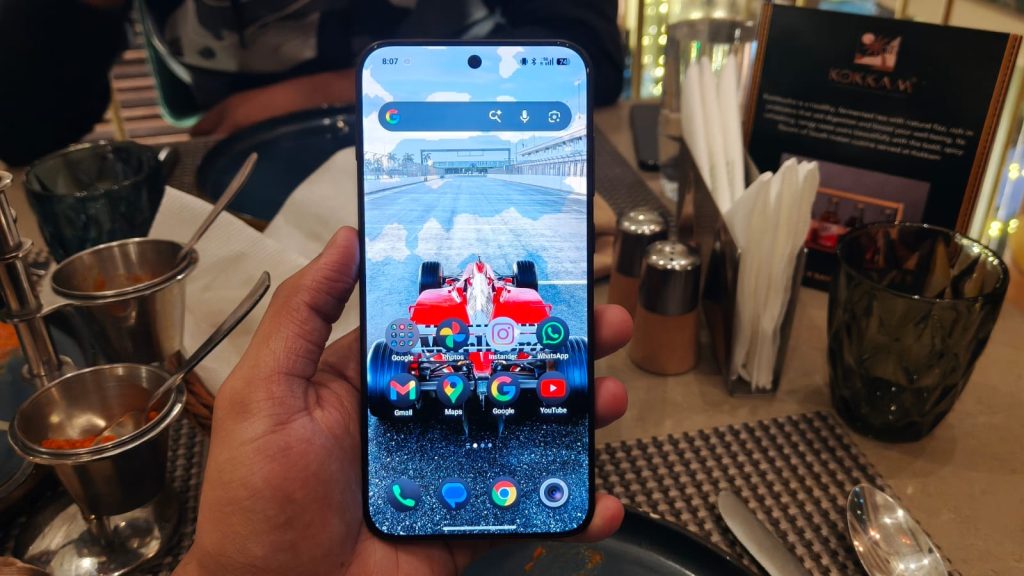
At INR 74,999, the OPPO Find X9 has received a price bump of 5K and now costs exactly the same as the OnePlus 15, and it’s honestly the better phone. For the price, you get a much improved processor, a battery that can last for days, and a camera setup that’s versatile and captures great photos and videos, in every condition. I’d be hard-pressed to find a more complete phone at any price point. Yes, the X9 Pro has a better telephoto sensor and an even better battery, but the regular model is what I’d recommend for most people.

